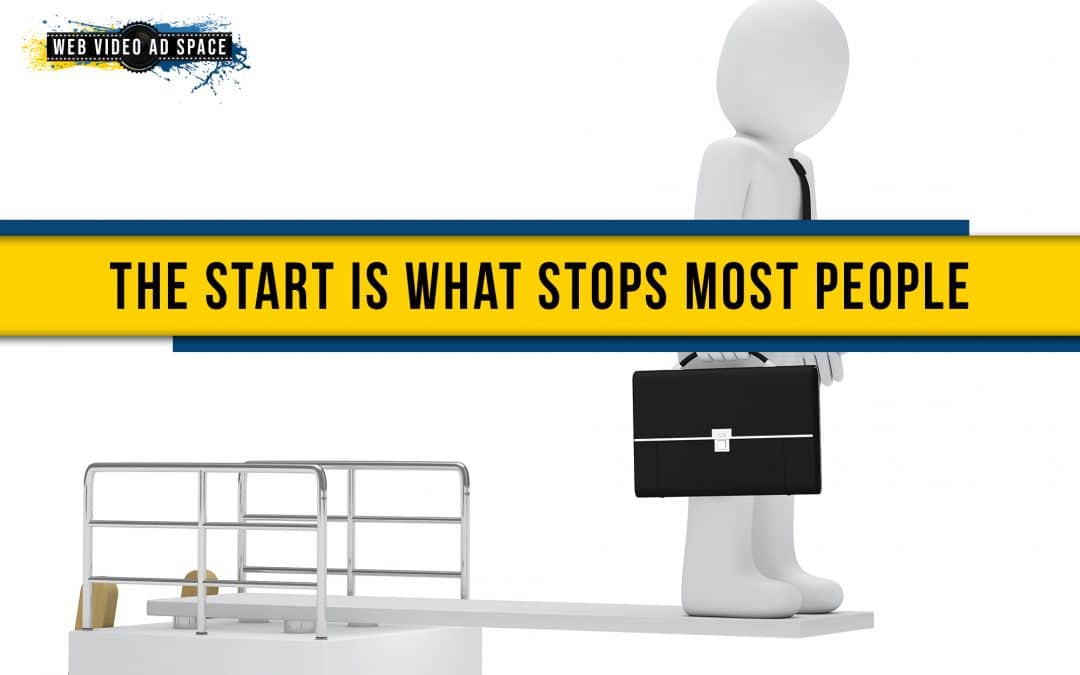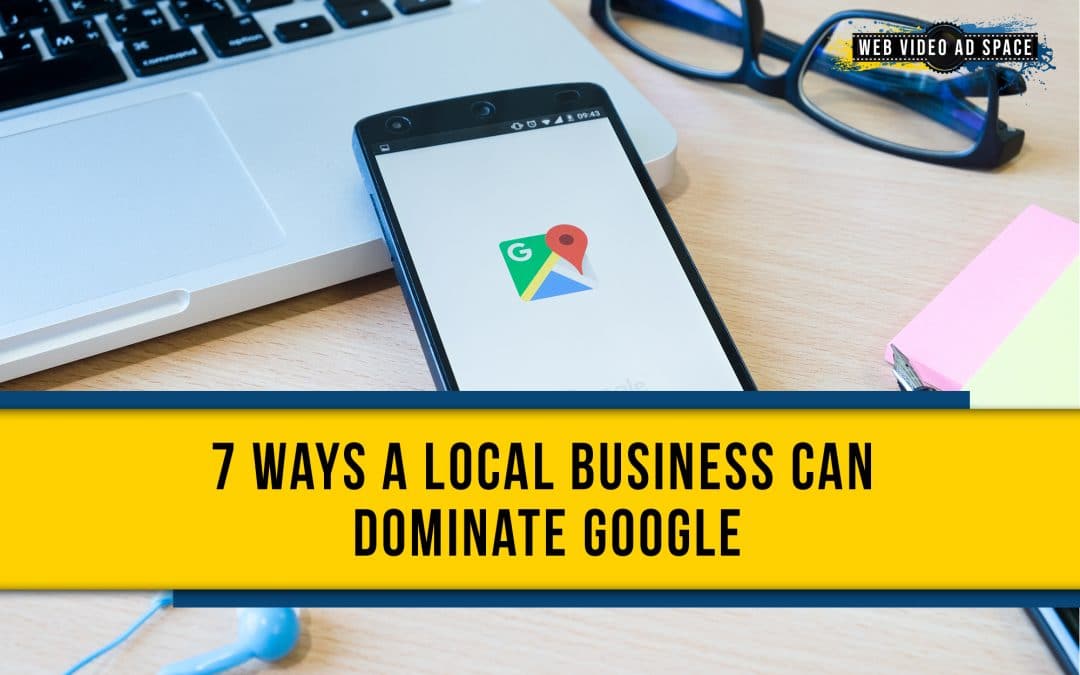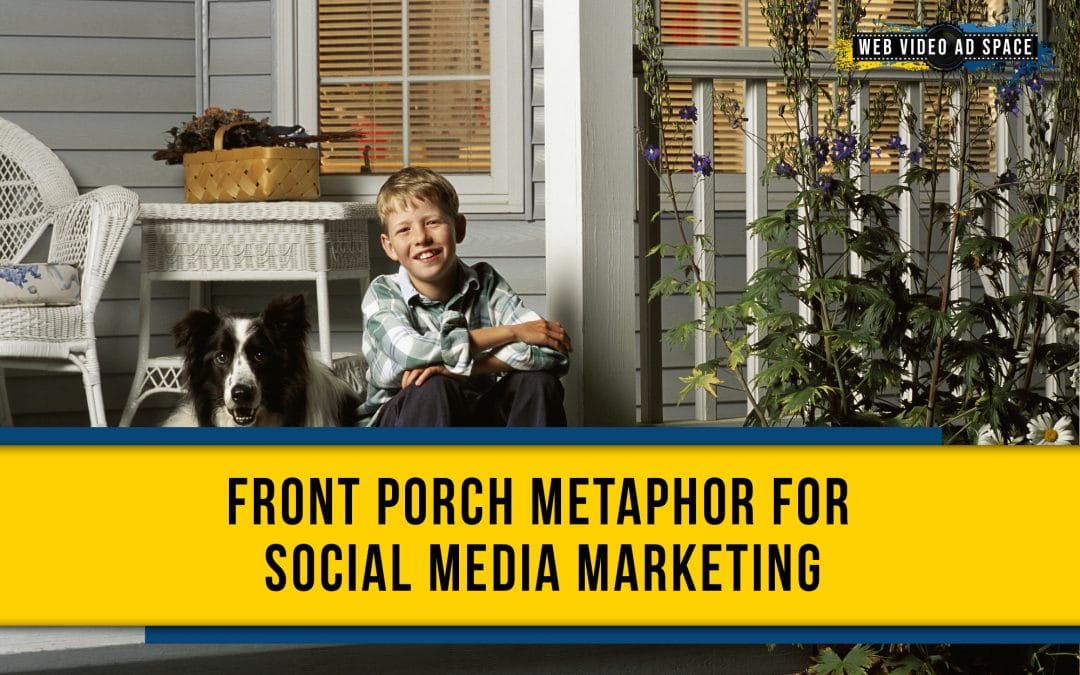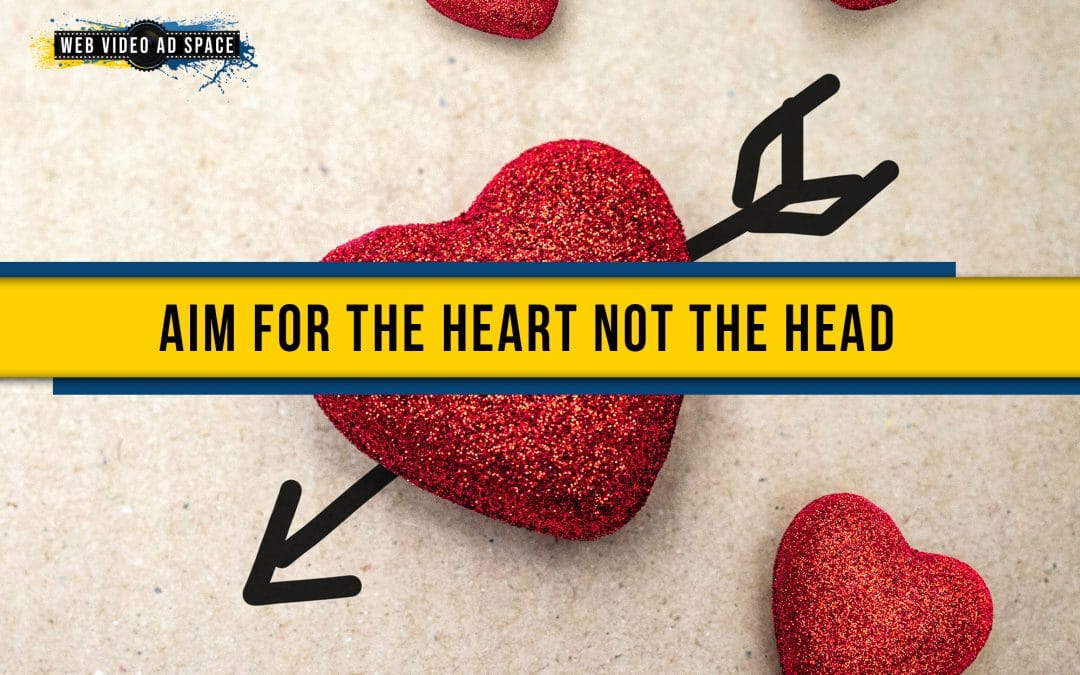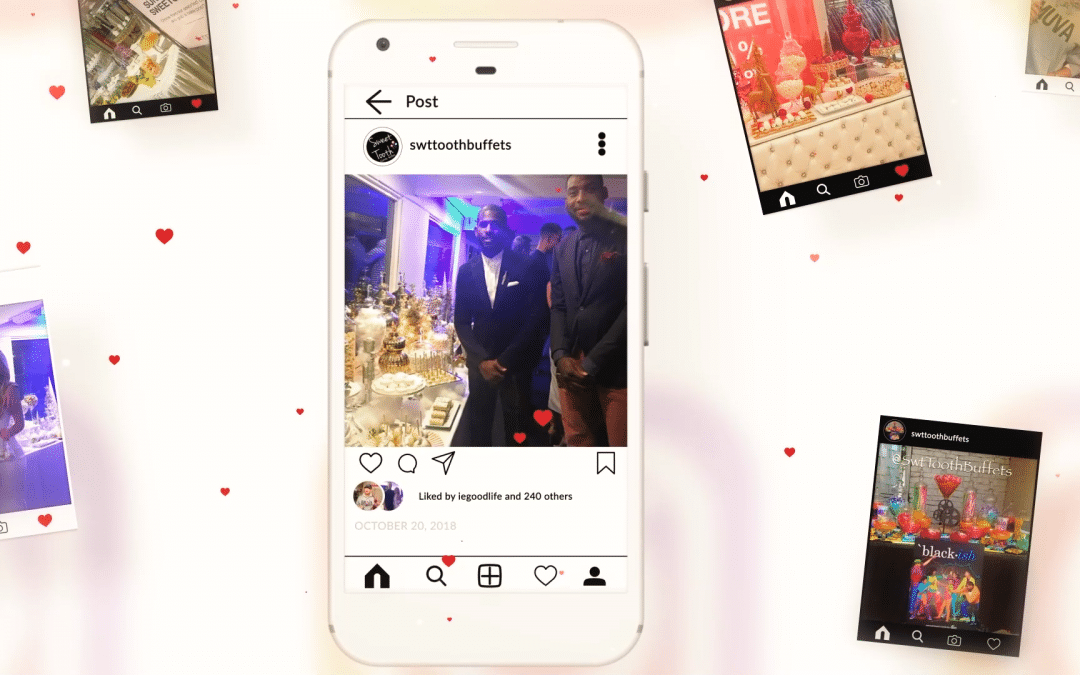I got into Facebook advertising by way of Google SEO and AdWords.
I learned AdWords from Perry Marshall.
Therefore when I decided to learn Facebook Advertising, I liked him so much, I picked up his book on the subject.
His book mentioned this metaphor, called the front porch metaphor.
Since first reading about it, it’s always been my go-to metaphor for for social selling.
Everything Old is New Again
Maybe it’s also because I grew up in an older neighborhood with hundred-year-old homes.
Those old homes had front porches and I remember sitting in front of my grandparents house on the front porch in the evening.
My grandparents would interact with their neighbors as they walked by.
As they were sitting there talking to us kids and having a conversation among themselves, when a neighbor came by, they would wave.
If they were little friendlier they would chit chat about something going on in the neighborhood or the weather.
Then every once in awhile there was a particularly friendly person and that person would come up and join the conversation on the front porch.
That’s the whole concept right there!
Social Media is the Front Porch for Your Business
You imagine that there’s a front porch in front of your business and there are people out there conversing in plain sight of the people walking past.
As the passers by get curious about what’s going on, they realize that it’s about something that they’re interested in.
Eventually, the ones that are going to be interested are drawn up onto the front porch to engage and interact.
This is all to the benefit of your business.
Obviously on Facebook there’s nobody walking past our business, instead our post moves past as they scroll through their Newsfeed.
Our front porch for the day whizzes past in the form of a post. And if that post is engaging, which means that it’s funny, helpful, inspirational, or invokes some emotion, it makes them stop.
Maybe they hit the like button, the equivalent to a friendly wave.
Maybe they leave a comment, the equivalent to a little chat.
But maybe they get into a conversation with either the business owner or with other people conversing in the comments on the post.
This is an uncommon thing on pages that are not run very well.
But on well run pages, it’s a common thing.
Moreover, they share that post, the equivalent of inviting their friends to join the party on the front porch.
That’s what we want. That’s the opportunity that exists on Facebook.
There’s Nothing New About Social Selling
There are businesses today that still use social selling offline.
Think about barber shops, salons, bars, coffee shops, or restaurants.
These are all places that encourage socializing at their establishment for the benefit of the establishment.
If you like to B.S. with the guys down at the barbershop, you’re going to get your haircut more often because it’s fun! It’s an experience that you enjoy
It’s the same tactic employed in the old days by a General Store.
The General Stores literally had a front porches in front of the store.
They will put benches and chairs. They would actively encourage people to be out there socializing.
But while socializing, patrons are seeing that there’s a special on on this type of drink or a special on some item in the store.
Then they maybe they buy a drink because they’re out there talking.
It makes it an easy excuse to go to the store because you know that there’s something interesting happening down there.
This is exactly the opportunity nearly every business has with on Facebook.
So keep this metaphor in mind in regards to everything you do on Facebook.
What Not To Do
From this point of view, you can see where the worst thing you can do is to do a hard sale from your Facebook page.
There are other places in Facebook to make offers. Namely, advertising.
The great thing is when you get ready to make a direct offer you can choose to deliver it to people with whom you’ve already built up a relationship.
On your page you’re going to stay funny, engaging, and socializing.
You’re not going to stand up on your porch with the big bull horn and yell at the people in the street to come up.
It’s just not the right place for it.
That’s my take on the metaphor.
If you want to chat with other marketers who embrace this approach, join us at the Front Porch Marketing Club, a private group on Facebook.
If you’d like to see how to execute a Facebook advertising campaign that will grow your business and make you the celebrity in the area, learn more about my Local Social Ads course.
